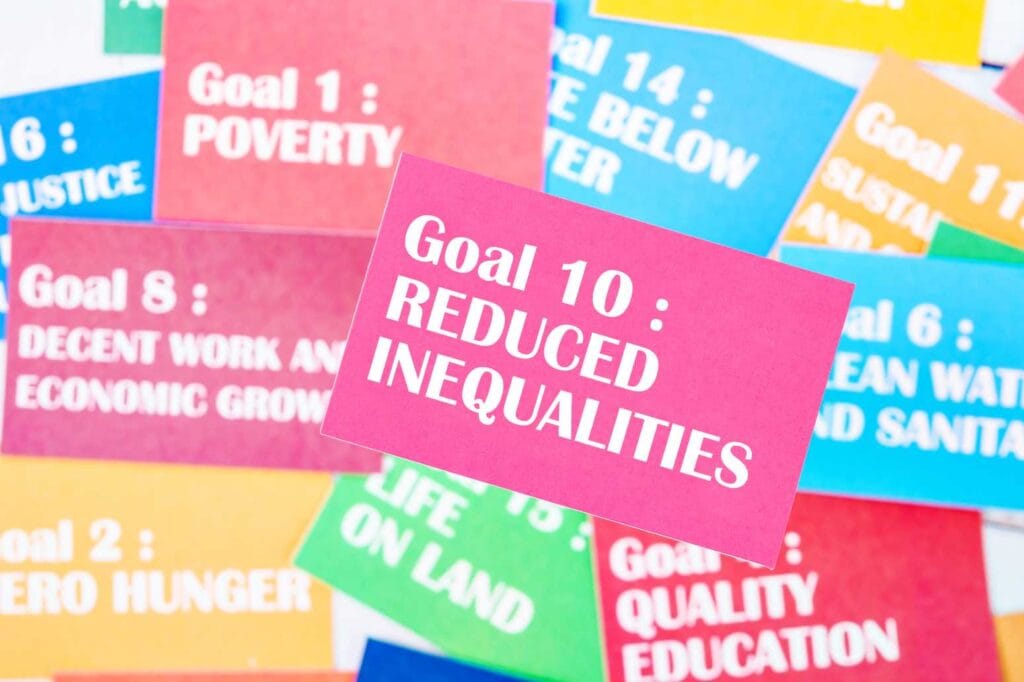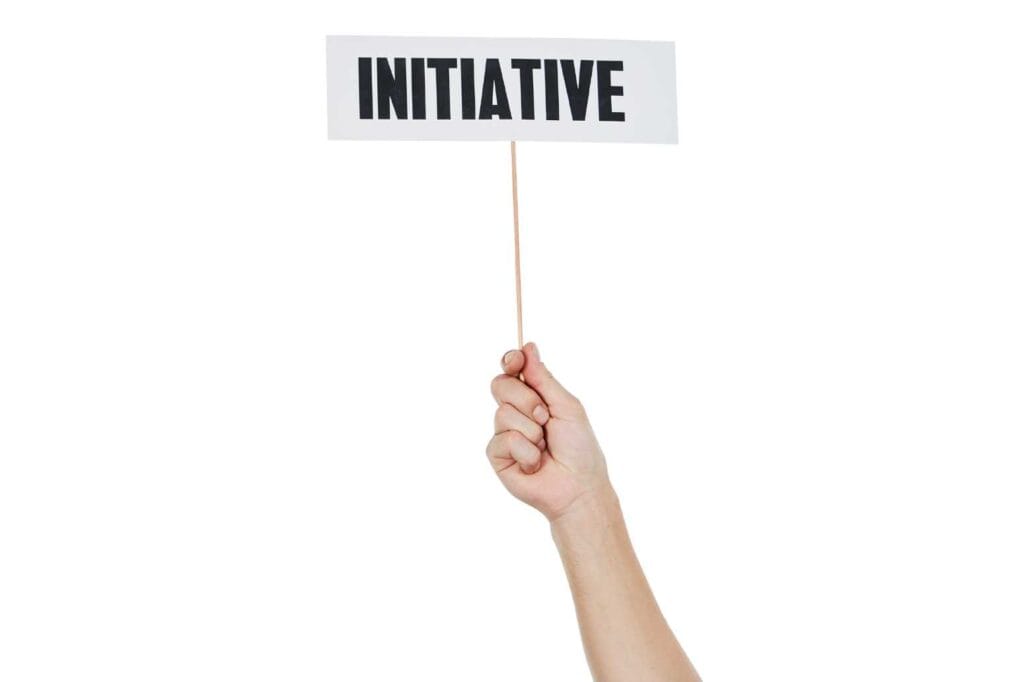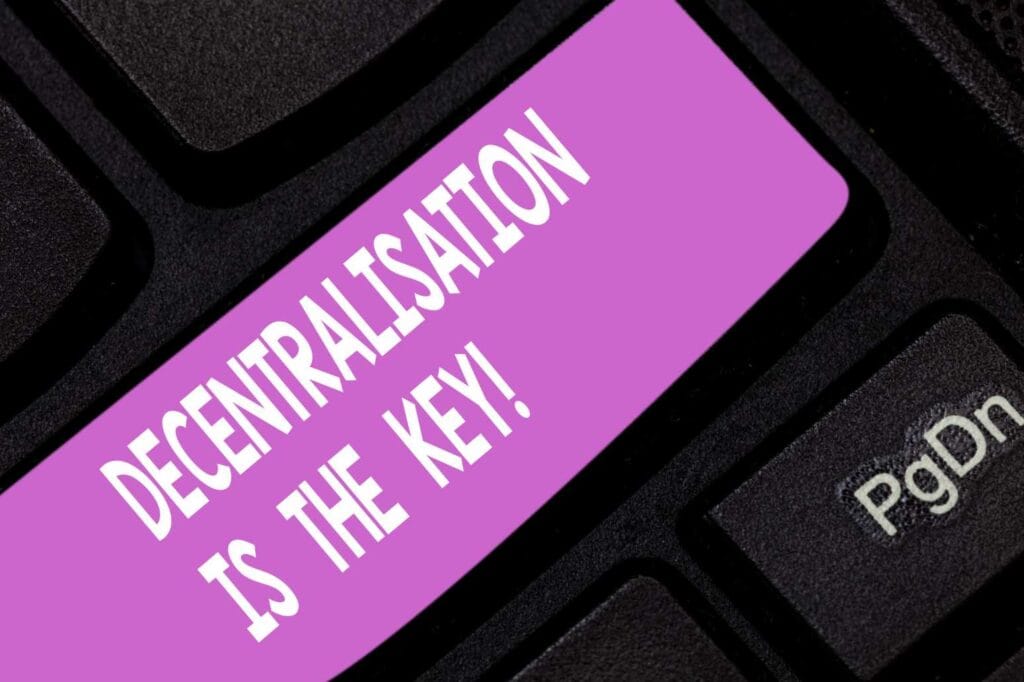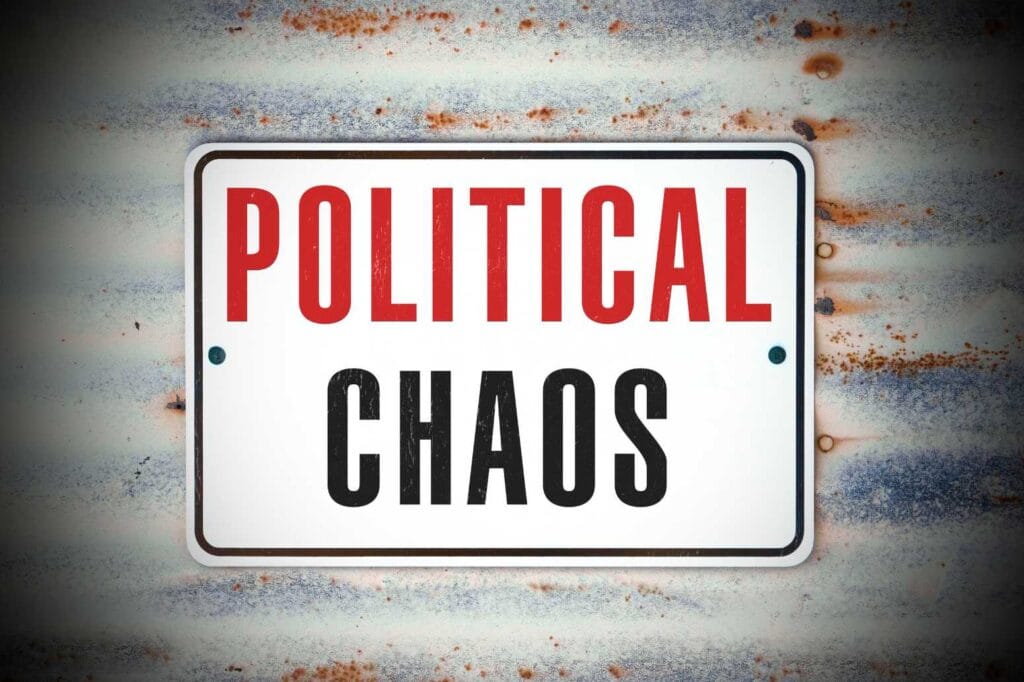The concept of Universal Health Coverage (UHC) is not new. It dates back to the 19th century when German Chancellor Otto von Bismarck introduced the world’s first social health insurance system in 1883. Today, UHC remains a cornerstone of global health equity, aiming to ensure that all individuals have access to quality healthcare without financial hardship.
On Universal Health Coverage Day, we reflect on the progress made globally and in India, where significant strides have been taken, but critical gaps do remain.
Table of Contents
Major Milestones Towards Universal Health Coverage (UHC)

Pioneering Initiatives:
Germany’s Social Health Insurance (1883):
The foundation of Universal Health Coverage UHC, was introduced by Otto von Bismarck
UK’s National Health Service (NHS, 1946): In 1946, the United Kingdom established the National Health Service (NHS) to ensure that all citizens had access to quality healthcare, further solidifying the importance of UHC.
Formation of WHO (1948): Understanding the global health challenges, world leaders established the World Health Organization (WHO) in 1948. The concept of UHC is rooted in the WHO constitution.

Global Advocacy For UHC:
Alma-Ata Declaration (1978):
In 1978, the Alma-Ata Declaration emphasized the goal of “Health for All,” indirectly promoting the principles of UHC.
2005 World Assembly Encouragement:
The World Health Assembly in 2005 encouraged countries to integrate UHC into their health policies and emphasised the need for financing UHC initiatives.
UNGA Recognition (2012):
On December 12, 2012, the United Nations General Assembly (UNGA) officially designated December 12 as International Universal Health Coverage Day, UNGA serves as:
Reminder of Goals: Serves as a reminder of the importance of Universal Health Coverage in improving global healthcare.
Awareness of Accessibility: Raises awareness for accessible and equitable healthcare for all, regardless of socio-economic status.
Call to Action: Encourages governments and organizations to take steps toward achieving Universal Health Coverage for quality healthcare without financial hardship.

Sustainable Development Goals (2015):
In 2015, UHC was included in the Sustainable Development Goals (SDGs), with a target to achieve UHC worldwide by 2030, highlighting its importance on the global agenda.
India’s Initiatives Toward Universal Health Coverage:

India has undertaken ambitious efforts to achieve Universal Health Coverage (UHC). These include:
1. National Health Policy 2017
- Designed the groundwork for India to achieve universal health coverage (UHC).
- Provided a comprehensive blueprint for health sector reforms.
2. Ayushman Bharat Pradhan Mantri Jan Arogya Yojana (AB PM-JAY)
- Provides health insurance coverage of up to ₹5 lakh annually for secondary and tertiary care hospitalisation.
- It aims to benefit over 10 crore vulnerable families, ensuring financial protection against health expenses.
3. Ayushman Arogya Mandirs (Health & Wellness Centres)
- It focuses on providing comprehensive primary care and community-level access to basic healthcare services.
- Ensures availability of essential medications and promotes preventive healthcare.
4. Ayushman Bharat Digital Mission (ABDM)/ National Digital Health Mission (NDHM):
- Aims to build a digital ecosystem for healthcare delivery in India.
- Facilitates telemedicine services and the exchange of healthcare information, ensuring quality care even in remote areas.
5. Mid-level Healthcare Providers (MLHP) and Community Health Officers (CHO):
- Introduction of a new cadre of healthcare workers to ensure community-level continuum of care.
- Enhances accessibility and quality of healthcare services at the grassroots level.
6. Substantial Growth in Healthcare Expenditure:
India’s healthcare services have shown significant growth, with the GDP estimated at approximately ₹173.82 lakh crore and a growth rate of 8.2%.
India’s Healthcare: Ambitious Plans for Universal Coverage and Ground Realities !!

As we mark six years of India’s pursuit of Universal Health Coverage, we’ve made some impressive progress in access and infrastructure. But the question arises, is this enough?
Let’s dive in and assess whether we’re on track to reach our UHC goals by 2030!
Limited Access to Ayushman Bharat Pradhan Mantri Jan Arogya Yojana
India, home to 234 million people living in poverty, ranks among the top five countries with the highest poverty rates.
The AB-PMJAY has made significant progress by covering 100 million individuals, which accounts for 41% of the impoverished population.
While AB-PMJAY is expanding its reach and now covers all individuals over 70 years of age, regardless of income, India still has a long way to go in achieving Universal Health Coverage. With a growing population of 1.4268 billion, ensuring quality and equity in healthcare remains a significant challenge.
Limitations of Ayushman Arogya Mandirs
Moreover, while 157,698 healthcare centres have been set up to deliver healthcare under Ayushman Arogaya Mandir, this extensive network is not enough to cater to the needs of India’s 1.428 billion residents.
Shortage of Healthcare Professionals:
India faces a shortage of 3 million healthcare professionals, with the deficit being especially severe in rural and remote areas, hindering access to adequate healthcare services.

Digital Health Access:
Despite the push for telemedicine and digital health technologies to bridge healthcare access gaps, 47.6% of India’s population remains offline, and 70% experience poor internet connectivity, creating a barrier to digital health solutions.
To achieve Universal Health Coverage, India must focus on enhancing access of basic healthcare facilities and ensuring that all citizens, particularly the populations who are living in poverty, have access to quality care.
This commitment is essential for building a healthier and more equitable society and achievement of Universal Health Coverage by 2030.
Decentralizing Healthcare As A Strategy Of UHC: The Concept and Challenges

India is striving to achieve Universal Health Coverage (UHC) through a decentralized approach designed to meet local healthcare needs.
Implementing a decentralized healthcare system in India aims to empower local governance, ensuring that specific health needs at the community level are effectively identified and addressed, ultimately contributing to Universal Health Coverage goals.
India emphasizes quality care by establishing healthcare facilities closer to communities and utilizing well-trained providers and technology.
This approach aims to make specialised healthcare accessible to underserved populations and promote equity in health services, ensuring equitable quality and access to ultimately achieve the goal of Universal Health Coverage.
However, the effectiveness of this strategy raises several important questions. The goal is to tailor healthcare services to local needs, yet the success of this strategy remains dubious for the following reasons:
Identifying Gaps:
Despite ambitious efforts, several critical gaps continue to hinder progress in achieving Universal Health Coverage in India:
1. Lack of Measurable Improvement
Decentralization has been in place for years, but according to the NITI Aayog report, no state has achieved “achiever” status. Many states have failed to demonstrate noticeable improvements in health outcomes, highlighting the need for more effective strategies and monitoring mechanisms.
2. Limited Infrastructure
Significant portions of the country lack adequate healthcare facilities. This shortfall extends but may not be limited to physical infrastructure, medical equipment, and human capital, leaving many communities underserved and unable to access basic healthcare services.
3. Workforce Shortages
India faces a pronounced shortage of healthcare professionals, particularly in rural and remote areas. With an estimated deficit of 3 million healthcare workers, the lack of trained personnel severely hampers the delivery of quality care at the grassroots level.
4. Insufficient Funding
India’s healthcare expenditure remains approximately half of the World Health Organization’s recommended GDP allocation. This underfunding constrains the expansion of essential services, limits the development of infrastructure, and undermines efforts to ensure equitable access.
5. Cultural and Religious Dynamics
Regional cultural and religious factors often influence community acceptance of available healthcare services. Misconceptions, stigma, or traditional practices may deter individuals from seeking care, ultimately affecting overall health outcomes.

6. Political and Bureaucratic Hurdles
The complexities of India’s political landscape and multi-tiered government structures contribute to:
- Delayed and fragmented implementation of policies.
- Inefficiencies in executing health initiatives effectively at the local level.
These systemic issues often result in missed opportunities to address critical health needs.
7. Supply Chain Management Issues
Poor management of healthcare supply chains exacerbates existing obstacles, impacting the delivery and availability of essential services. Disruptions and delays in the availability of essential medicines, vaccines, and equipment hinder the effective delivery of services, particularly in underserved regions.
Key Takeaways: The Path Forward for Universal Health Coverage in India

Commitment to UHC: India’s efforts toward Universal Health Coverage (UHC) through decentralization hold promise, but significant challenges must be addressed for meaningful health improvements.
Identified Gaps:
- Healthcare Professional Shortages: Insufficient healthcare workers hinder effective service delivery.
- Poor Digital Infrastructure: Ineffective digital tools limit efficient healthcare management and access.
- Implementation Challenges: Despite existing policies, ground-level implementation gaps make achieving UHC by 2030 appear daunting.
Learning from Global Successes:
- Brazil’s Model: The public-private partnership approach has enhanced healthcare delivery and access.
- Rwanda and Ethiopia’s Schemes: Community-based health insurance initiatives have proven effective in achieving UHC.
By addressing these challenges and drawing insights from successful international models, India can bolster its efforts toward Universal Health Coverage for all citizens.
Conclusion
On this Topic of Universal Health Coverage, let’s reaffirm our commitment to equitable healthcare.
Share your thoughts on India’s progress and challenges in achieving Universal Health Coverage in India in the comments below. Together, we can shape a healthier future for all.





3 Comments
[…] in India to a single factor oversimplifies a complex crisis. The rise of TB is a result of systemic failures to address the disease, […]
A major shift in UGC execution in India and most of the countries is “insurance” model in place of “assurance”. It is good when people have access to care and information. However, countries like India (add US also even though they do not have resource constraints like India) faces certain challenges regarding this. When we want PP, a major shirt is investment on curative and palliative care which is definitely good, but lesser investment on preventive/primitive health and primary healthcare (and in the long run a high health expenses) become more challenging and depends on public funding. Now India’s public health expenses still below the desired level. Obviously, higher the expenses not necessarily means better care of health, but you need money to support system. When we talk about UHC which was fundamentally inspired by social security system like social insurance, it is more of politics (not political party’s but several politics say market), and complicated. Thailand’s success also was a result politics of Voting. Then we had pandemic, and economic issues like recession, increase in costs etc. are there to be addressed. Govt recently thought to incorporate AYUSH into Health insurances and which is likely to increase premium. For state sponsored insurances it might not be a big issue (funding is still an issue since it comes from tax payers money), but what about hybrid models, pvt insurances etc. Achieving UHC seems more of an policy and economic thing, but “Health is a right”.
Great work @CaptalistHealth. This blog is really a good one.
Thank you for sharing your insights on the shift from the “assurance” model to the “insurance” model in UGC execution. We agree that this shift can lead to underinvestment in preventive health, resulting in higher long-term expenses. You’ve highlighted some critical challenges faced by many countries, including India and the US, in the healthcare landscape. Thanks again for your thoughtful comment, and we appreciate your recognition of the blog!